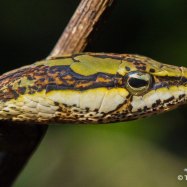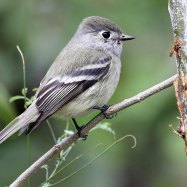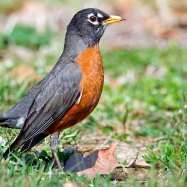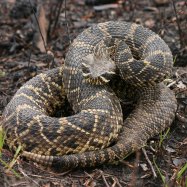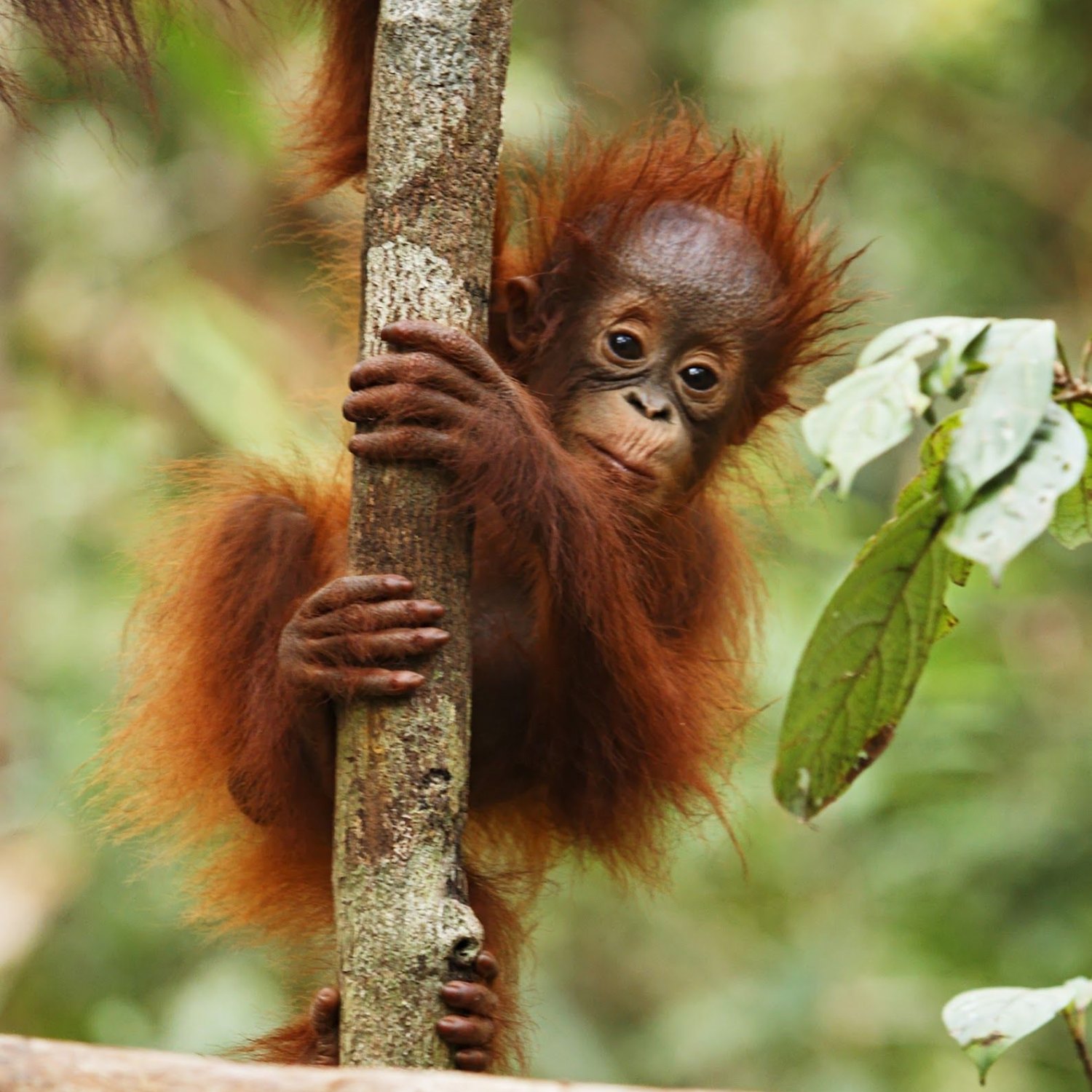
Orangutan
1.2 to 1.5 meters (4 to 5 feet)
The Orangutan, found in Southeast Asia and part of the Hominidae family, is one of the most interesting and intelligent animals. With a body shape that is large and stocky, they can grow to be 1.2 to 1.5 meters long. These friendly creatures are a must-see on any wildlife adventure. #Orangutan #SoutheastAsia #Hominidae
Animal Details Summary:
Common Name: Orangutan
Kingdom: Animalia
Habitat: Tropical rainforests
The Fascinating World of Orangutans: A Symbol of Endangered Rainforests
The image of a lone orangutan gracefully swinging between trees in a lush tropical forest is one that is etched into the minds of many nature enthusiasts. These majestic creatures, with their reddish-brown coat and gentle demeanor, have captured the hearts of people around the world. But there is so much more to the orangutan than meets the eye. They are complex beings with a rich evolutionary history and a crucial role to play in their delicate ecosystem Orangutan.A Brief Introduction to Orangutans
Scientifically known as Pongo pygmaeus, the orangutan is a species of great ape that belongs to the Kingdom Animalia, Phylum Chordata, and Class Mammalia. They are also part of the Order Primates and the Family Hominidae, making them distant relatives of humans. Orangutans are predominantly found in the tropical rainforests of Borneo and Sumatra, which are two of the largest islands in the world. They are considered an emblematic species of Southeast Asia, particularly Indonesia and Malaysia, where they are native.Sightings, Discoveries, and Naming
The first documented sightings of orangutans by Europeans were in the 17th century, when Dutch explorers reported seeing them in Borneo. Since then, various expeditions and research efforts have shed light on the elusive lives of these primates. The word "orangutan" itself is derived from the Malay words "orang hutan," which translates to "person of the forest." This name truly captures the essence of these creatures, as they share many traits with humans, including their intelligence and ability to use tools.Their Home: Tropical Rainforests
Orangutans are highly adapted to living in the dense and diverse environments of tropical rainforests Opabinia. These forests are characterized by their tall trees, abundant sunlight, heavy rainfall, and high humidity. The canopy of trees provides an ideal setting for orangutans to live and thrive, as they spend most of their time in the treetops. This habitat also offers a variety of food sources for these primates, making it an ideal place for them to live.What Do They Eat?
Being mainly herbivorous, orangutans have a primarily vegetarian diet. They have a preference for fruits, leaves, and shoots, but will also consume seeds, bark, insects, and eggs. One interesting fact about orangutans is that they are the only great apes, besides humans, that make and use tools. They have been observed using sticks to extract seeds from fruits or to probe termite nests for food, showcasing their intelligence and adaptability.Adorable Babies and Unique Reproduction
Orangutans have a long gestation period of around 8-9 months, which is similar to humans. They usually give birth to one offspring at a time, and the mothers will care for their young for around 6-7 years. This is the longest period of maternal care among all mammals. Female orangutans typically give birth only once every 8 to 9 years, which is why they have a slow reproductive rate. This makes the population vulnerable to decreasing numbers due to human activities and habitat loss.Threats and Conservation Efforts
One of the biggest threats to orangutans is deforestation, as their habitat is being destroyed at an alarming rate. The ever-increasing demand for timber and the conversion of forests into palm oil plantations have had a devastating impact on orangutan populations. Poaching and illegal wildlife trade are also significant contributors to the decline of these primates. As a result, both Bornean and Sumatran orangutans are classified as critically endangered species, with only around 104,700 individuals left in the wild.To combat these threats, various conservation efforts are underway. Several organizations, such as the Orangutan Foundation International and the Orangutan Conservancy, are working tirelessly to protect and preserve these great apes. Measures such as creating protected areas, raising awareness about the plight of orangutans, and supporting sustainable palm oil production have shown promising results in stabilizing their populations. However, much more needs to be done to ensure the survival of these magnificent creatures.
The Charm of Orangutans
Apart from their striking appearance and close resemblance to humans, there is something about orangutans that captivates people. Maybe it's their gentle nature or their tendency to shy away from conflict, but there is an undeniable warmth and charm to these creatures. They are also known for their intelligence and social behaviors, making them fascinating subjects for research. Orangutans have the ability to learn, problem-solve, and even use sign language, further highlighting their remarkable nature.Final Thoughts
As we continue to learn more about orangutans and their crucial role in maintaining the biodiversity of their habitat, it is essential to take action to protect them. Their dwindling numbers are a symbol of the devastating effects of human activities on the natural world. We must all work towards preserving their habitat and ensuring their survival for future generations to appreciate and admire. After all, orangutans are not only emblematic of Southeast Asia but also a shining example of the beauty and complexity of the animal kingdom.

Orangutan
Animal Details Orangutan - Scientific Name: Pongo pygmaeus
- Category: Animals O
- Scientific Name: Pongo pygmaeus
- Common Name: Orangutan
- Kingdom: Animalia
- Phylum: Chordata
- Class: Mammalia
- Order: Primates
- Family: Hominidae
- Habitat: Tropical rainforests
- Feeding Method: Mainly herbivorous
- Geographical Distribution: Borneo and Sumatra
- Country of Origin: Indonesia and Malaysia
- Location: Southeast Asia
- Animal Coloration: Reddish-brown
- Body Shape: Large and stocky
- Length: 1.2 to 1.5 meters (4 to 5 feet)
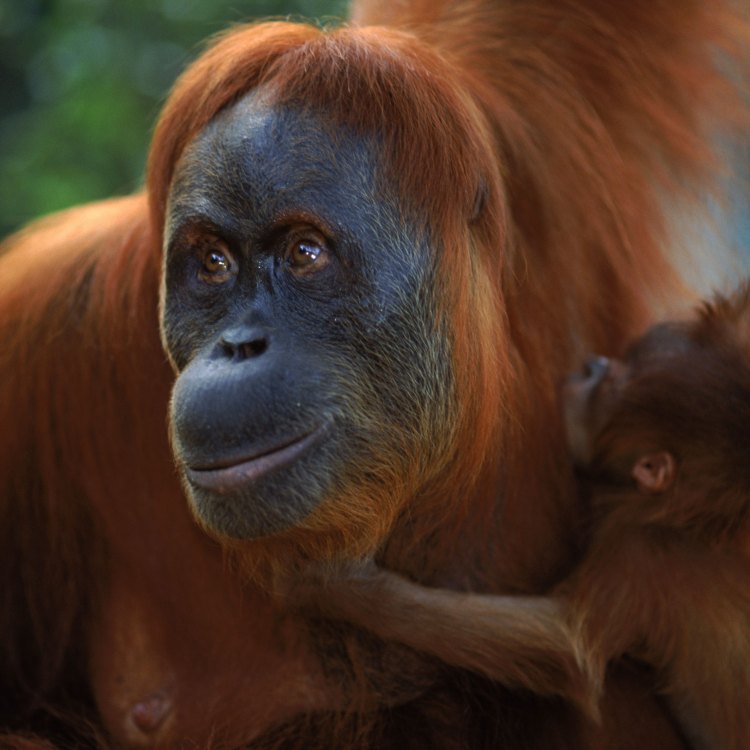
Orangutan
- Adult Size: Weight: 50 to 90 kilograms (110 to 200 pounds)
- Average Lifespan: Around 40 to 50 years
- Reproduction: Sexual
- Reproductive Behavior: Mating occurs year-round
- Sound or Call: Loud long calls called 'long calls'
- Migration Pattern: Non-migratory
- Social Groups: Solitary or semi-solitary
- Behavior: Primarily arboreal, spends most of its time in trees
- Threats: Habitat loss, illegal hunting, and pet trade
- Conservation Status: Critically Endangered
- Impact on Ecosystem: Seed dispersal, forest regeneration
- Human Use: Poaching and illegal trade of orangutans and their body parts
- Distinctive Features: Long arms and shaggy reddish-brown fur
- Interesting Facts: Orangutans are one of the closest relatives to humans, sharing 97% of their DNA
- Predator: Humans (illegal hunting and poaching)
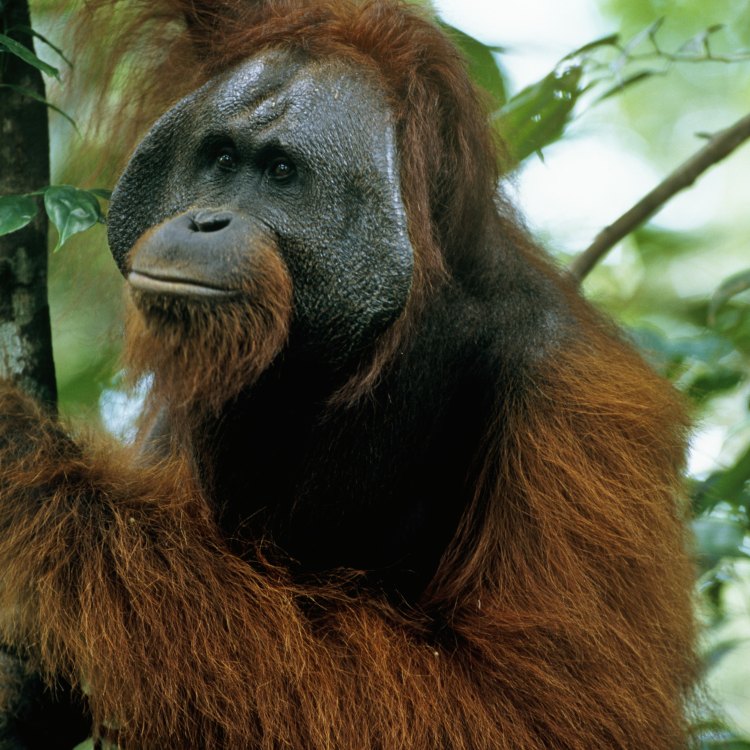
Pongo pygmaeus
The Fascinating World of Orangutans: Nature's Gentle Giants
The vast and diverse animal kingdom presents an endless list of fascinating creatures, each with its distinct features and traits. Among these magnificent beings, the orangutan stands out, not just for its distinctive appearance, but also for its interesting behavior and important role in the ecosystem. With its gentle nature and impressive intelligence, the orangutan has captured the hearts and curiosity of humans for centuries.Orangutans are large apes native to the rainforests of Borneo and Sumatra in Southeast Asia PeaceOfAnimals.Com. They belong to the Hominidae family, along with humans, gorillas, and chimpanzees. The name "orangutan" comes from the Malay words "orang" which means "person" and "hutan" which means "forest," translating to "person of the forest," a fitting name for these intelligent creatures who spend most of their time in trees.
Adult orangutans have an average weight of 50 to 90 kilograms (110 to 200 pounds) and can reach a standing height of 1.2 to 1.5 meters (4 to 5 feet). They have a distinctive appearance with their long arms and shaggy reddish-brown fur, earning them the nickname "red ape." This unique fur is actually an adaptation to their rainforest habitat, providing insulation from the hot and humid climate.
Orangutans have an average lifespan of around 40 to 50 years in the wild, although some have been known to live up to 60 years. They are solitary or semi-solitary animals, with adult males being usually solitary while females are accompanied by their offspring Oceanic Whitetip Shark. Despite living alone, they are not anti-social creatures and have a complex social hierarchy based on trust and mutual respect.
Reproduction in orangutans is sexual, with mating occurring year-round. However, females will only mate every 6 to 8 years, making it a slow reproductive rate. During this time, males will produce loud long calls, also called 'long calls', to attract females and establish their territory. These long calls can be heard up to a kilometer away and are some of the loudest animal calls in the world.
One of the most interesting facts about orangutans is that they are one of the closest relatives to humans, sharing 97% of their DNA. This close genetic relationship is not just physical, but also evident in their intelligence and behavior. Orangutans have been observed using tools, such as sticks and leaves, for various purposes such as constructing nests and extracting honey from beehives. They also have a good sense of self-awareness, demonstrated by their ability to recognize themselves in a mirror.
Orangutans are primarily arboreal, meaning they spend most of their time in trees, and are excellent climbers. They have strong and flexible hands with opposable thumbs, enabling them to grasp and manipulate objects. This hand dexterity also allows them to build elaborate nests each night, constructing a new one each day. These nests not only serve as a sleeping and resting place but also protect them from predators and harsh weather conditions.
Despite their impressive physical abilities, orangutans are facing numerous threats in the wild, leading to their classification as critically endangered on the IUCN Red List. The main threat to their survival is habitat loss due to deforestation for agricultural and industrial purposes. This loss of habitat also fragments their population, making it difficult for them to find food and mates.
In addition to habitat loss, orangutans also face the threat of illegal hunting and the illegal pet trade. Despite being protected by law, orangutans are often poached and sold as pets or for their body parts, which are used in traditional medicine. The demand for orangutans in the illegal pet trade continues to drive their population decline, with an estimated 2,000 to 3,000 orangutans being killed each year.
The decline of orangutan populations not only has a devastating impact on these gentle creatures but also on the ecosystem as a whole. They play a crucial role in seed dispersal and forest regeneration, helping to maintain the balance of their habitat. Without orangutans, the rainforests of Borneo and Sumatra would suffer, leading to a domino effect on other species and adversely affecting the environment.
It is not just the natural world that is affected by the decline of orangutans, but it also has a human impact. In addition to the loss of biodiversity, local communities who rely on the rainforests for their livelihoods are also affected. The illegal poaching and trade of orangutans and their body parts also contribute to the global issue of organized crime and corruption.
To combat the threats facing orangutans, various conservation efforts are in place. Organizations such as the World Wildlife Fund and the Orangutan Conservancy are working towards protecting their habitat, educating local communities, and enforcing laws against poaching and the illegal pet trade. These efforts are crucial in ensuring the survival of orangutans and their important role in the ecosystem.
In addition to conservation efforts, individuals can also make a difference by supporting sustainable palm oil production. Palm oil is used in a variety of everyday products, from food to cosmetics, and is one of the main drivers of deforestation in Borneo and Sumatra. By choosing products made with sustainable palm oil, we can help reduce the demand for palm oil that is causing the destruction of orangutan habitat.
In conclusion, the world of orangutans is a fascinating and complex one. These gentle giants, with their unique features and behaviors, are vital to the ecosystem and hold a special place in our hearts as one of our closest relatives. It is our responsibility to protect them and their habitat, not just for their own survival, but for the benefit of all species and the environment. Together, we can ensure a future where orangutans continue to thrive in their natural home, the forests of Borneo and Sumatra.
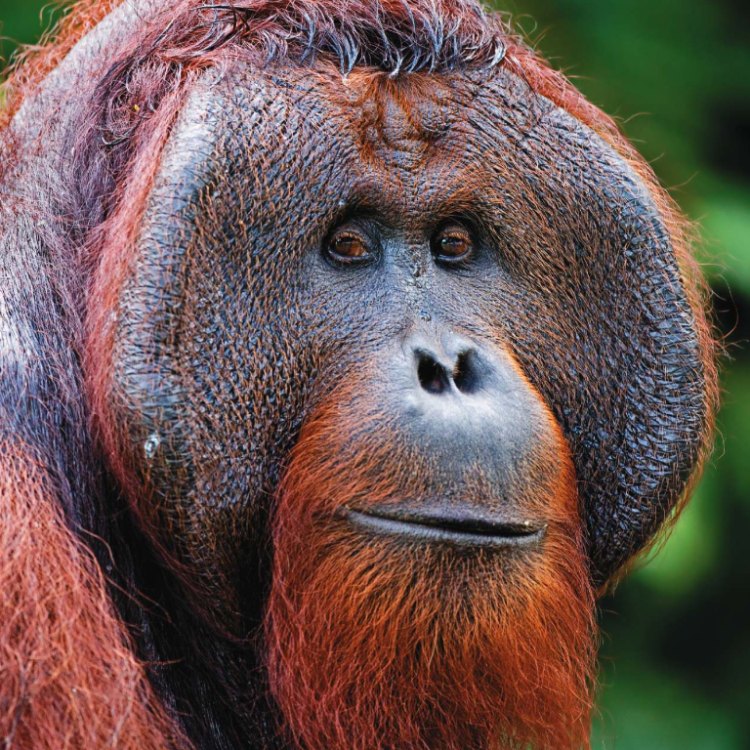
The Fascinating World of Orangutans: A Symbol of Endangered Rainforests
Disclaimer: The content provided is for informational purposes only. We cannot guarantee the accuracy of the information on this page 100%. All information provided here may change without prior notice.


